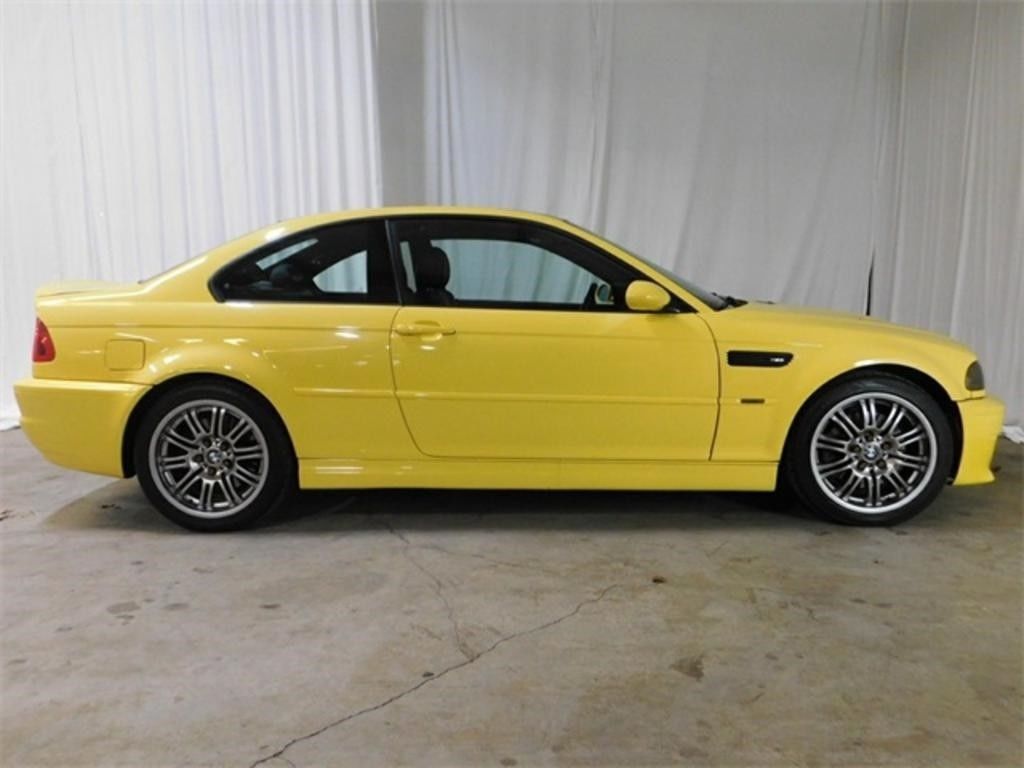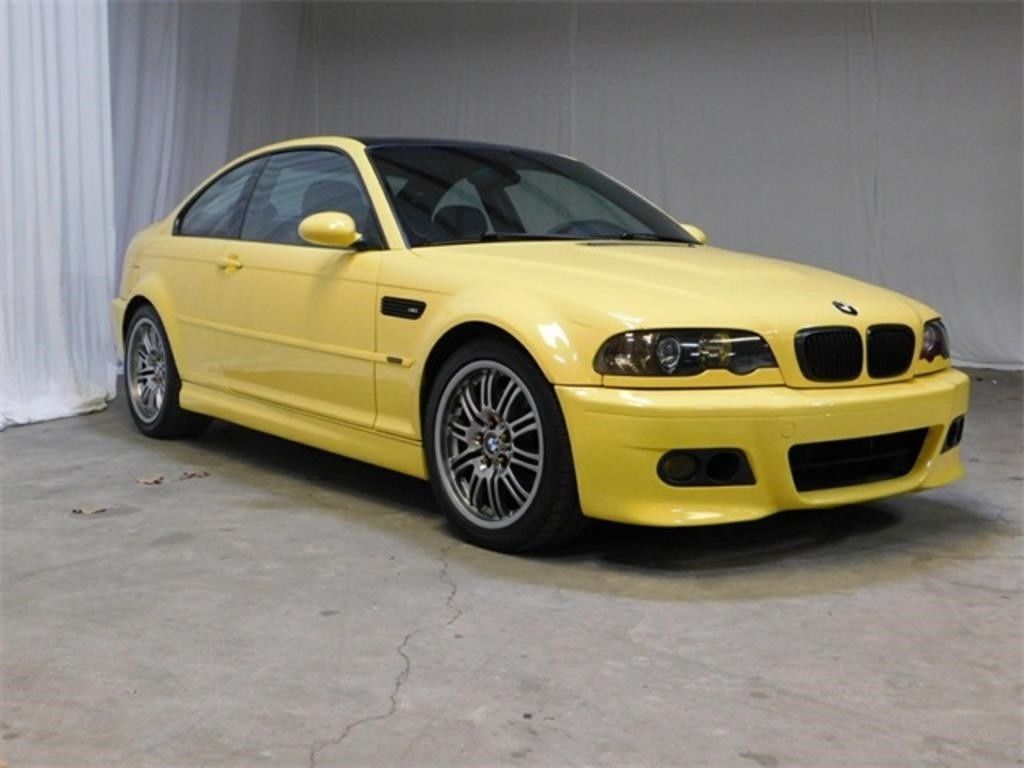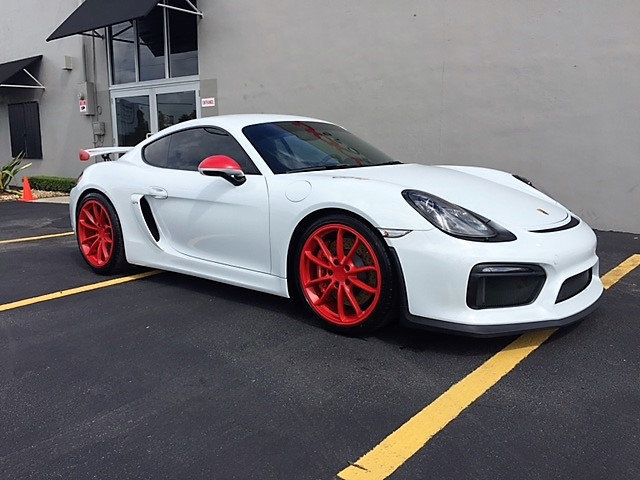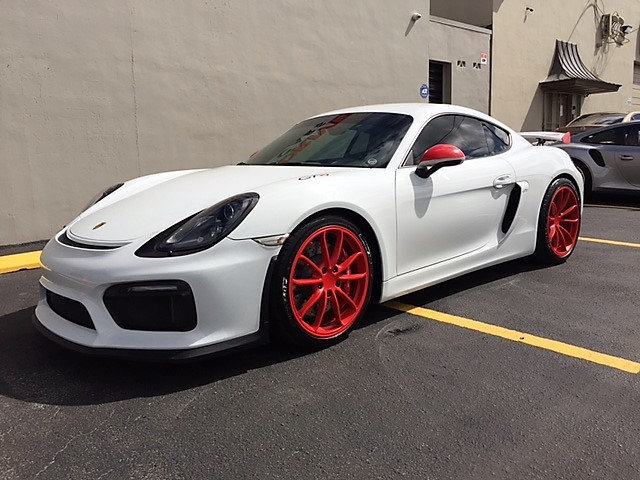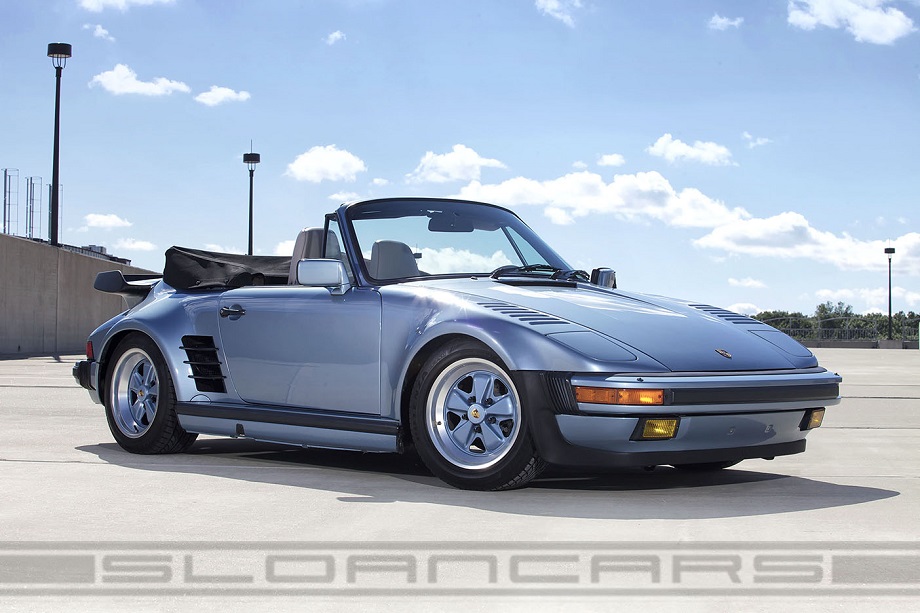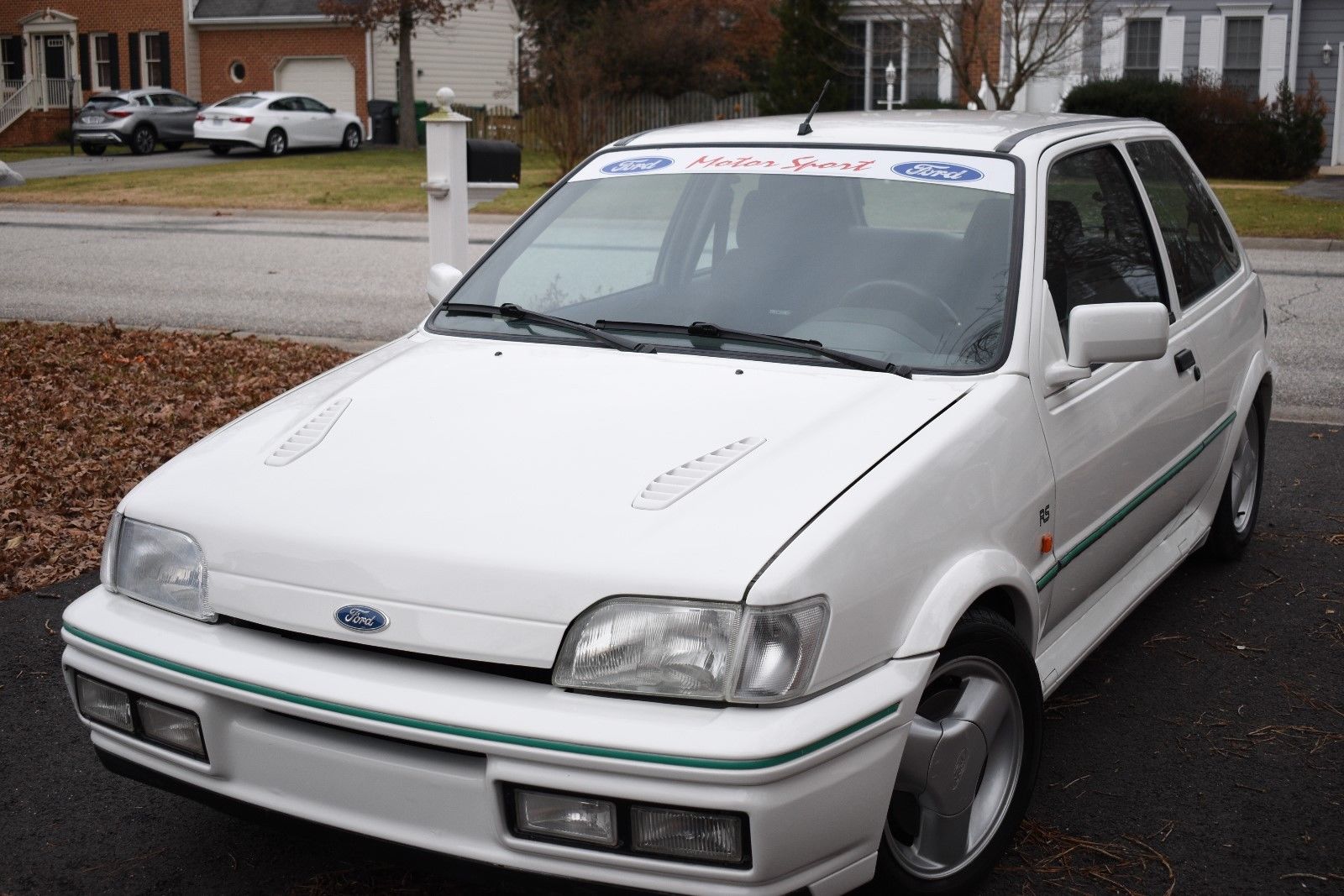
Before we move any further, yes, I know this is a Ford. Ford isn’t German, you’re sure to say, not even when they’re masquerading as Merkur. Right you’d be. However, allow me a bit of latitude; first, Henry Ford was I’m fairly confident the only American to receive the ‘Grand Cross of the Supreme Order of the German Eagle‘ from one Adolf Hitler. I always love to toss that one into a conversation should I be cornered with a true-blue American-devotee proudly wearing a Ford hat at a social function because he’s also a ‘car guy’. “You know Henry Ford was basically a Nazi, right? I mean, beyond hating the entire Jewish race, he was also a megalomaniac who wanted to create his own master race of workers. No, I’m not joking – it was called Fordlândia. Look it up.” The conversation usually ends quickly after that.
Too edgy?
Okay, how about this – Ford Europe’s headquarters is in Cologne, Germany. And they produce a fair amount of cars in Germany even today. Since we consider the Volkswagens built in Chattanooga and Westmoreland, the BMWs built in Spartanburg, and the Mercedes-Benz models bolted together in Alabama, I think we can deviate for a moment into a hot Ford.
So what Ford is it? In many ways, this is the perfect follow-up for the Quattro. Audi and SAAB helped to mainstream turbocharging, and by the 1980s it was almost expected in performance circles. That culminated in a wave of ever increasing performance hot hatchbacks that completely changed our perception of speed. As newer, faster models emerged, the technology increasingly filtered its way into lower-spec models until the results of all of the turbocharging basically were acknowledged to be wrecking the world’s environment. I call it ‘Trickle-down Turbonomics’. The result? The Fiesta RS Turbo you see here:
